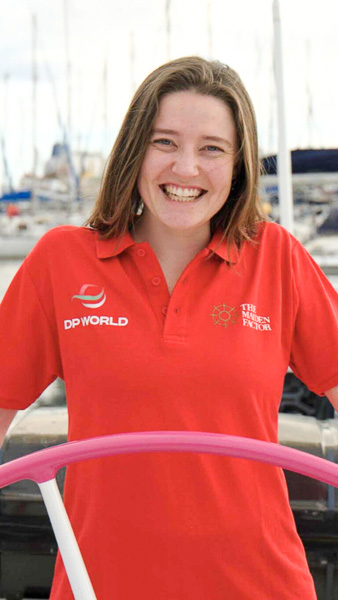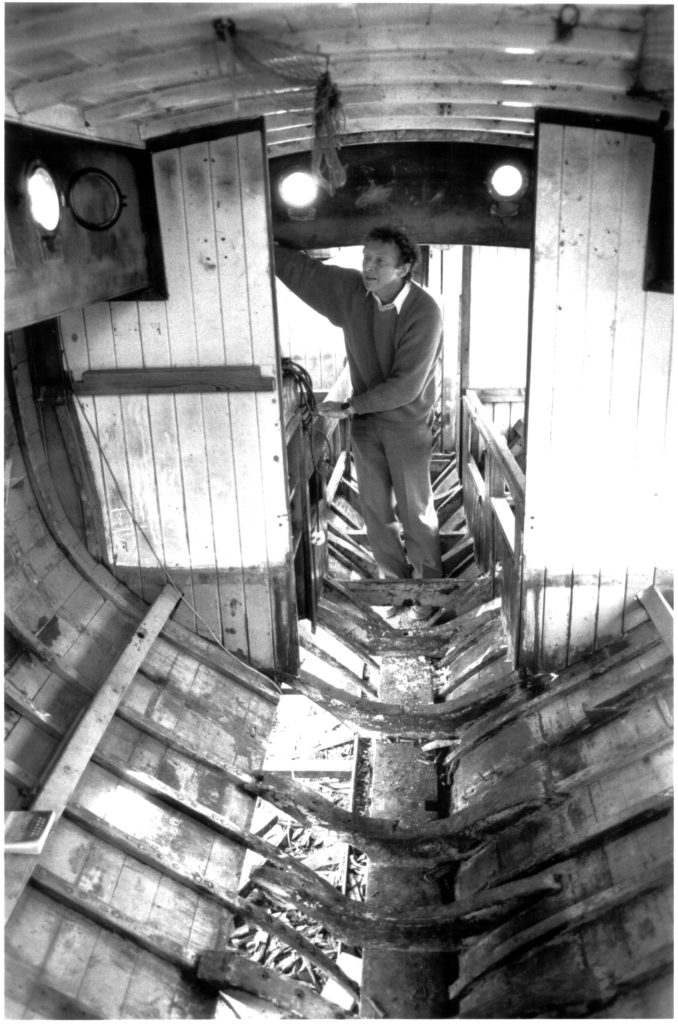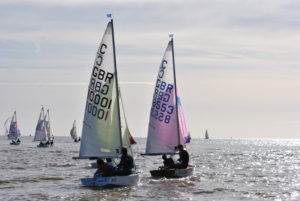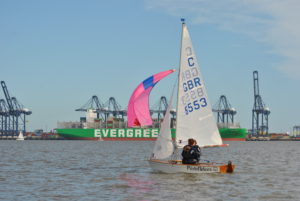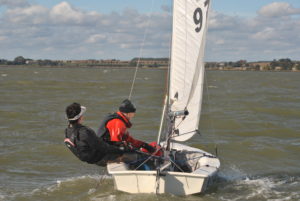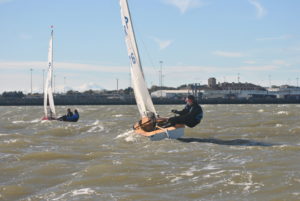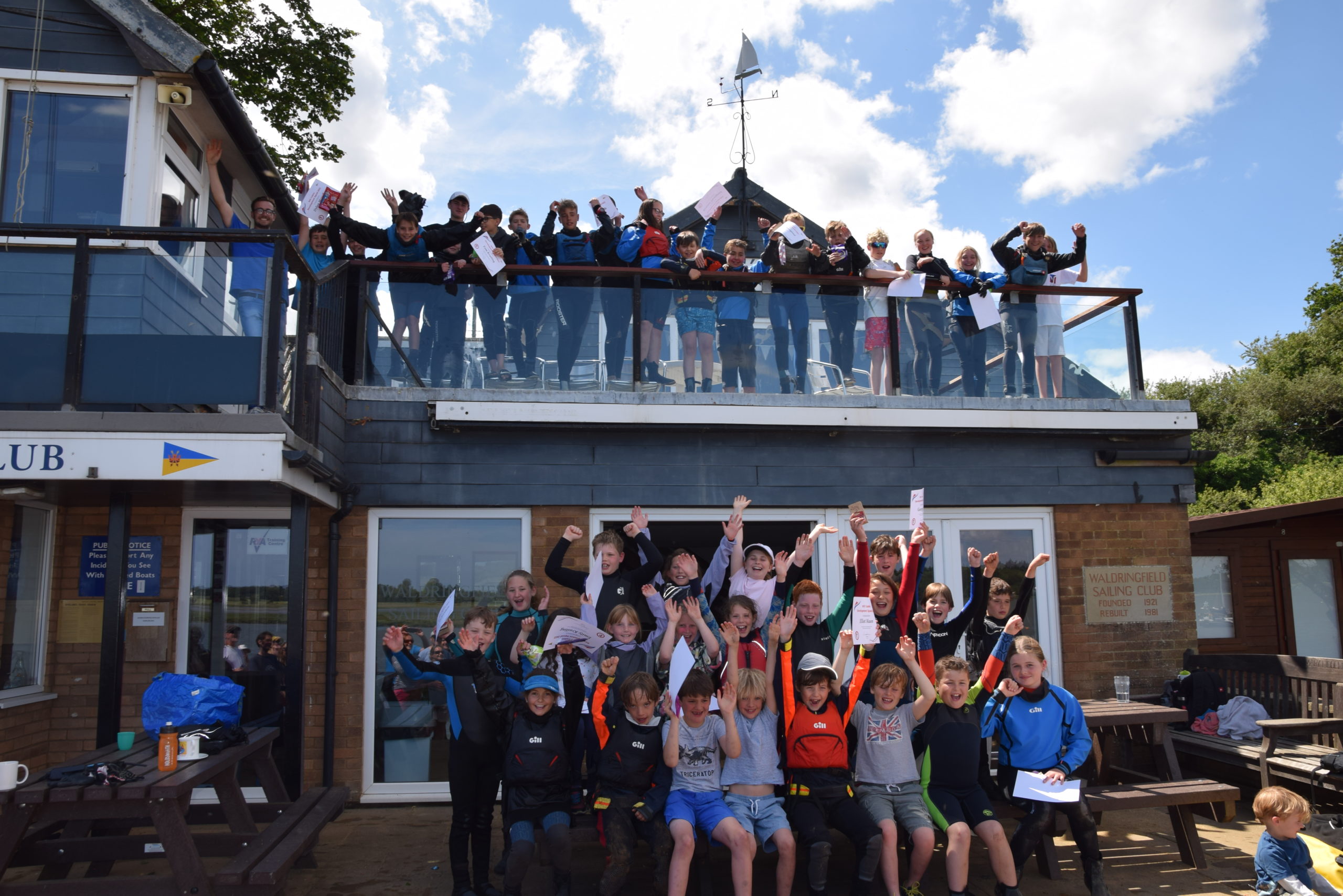By Matt Lis
“Leave only footprints. Take only memories” they say of walking in the countryside, for those of us who enjoy hours afloat I suppose that translates to “Leave only ripples” so how do we achieve that?
When Julia asked me to write an article on how boaters can reduce their impact on the Deben I wonder whether she appreciated the enormity of the topic. I will fail to answer all questions for all people but by focusing on just a few topics I can try to summarise those things in just one long article.

‘Evoelectric’ afloat


